Home>Garden Essentials>How Do You Include A Botanical Family In A Crop Rotation
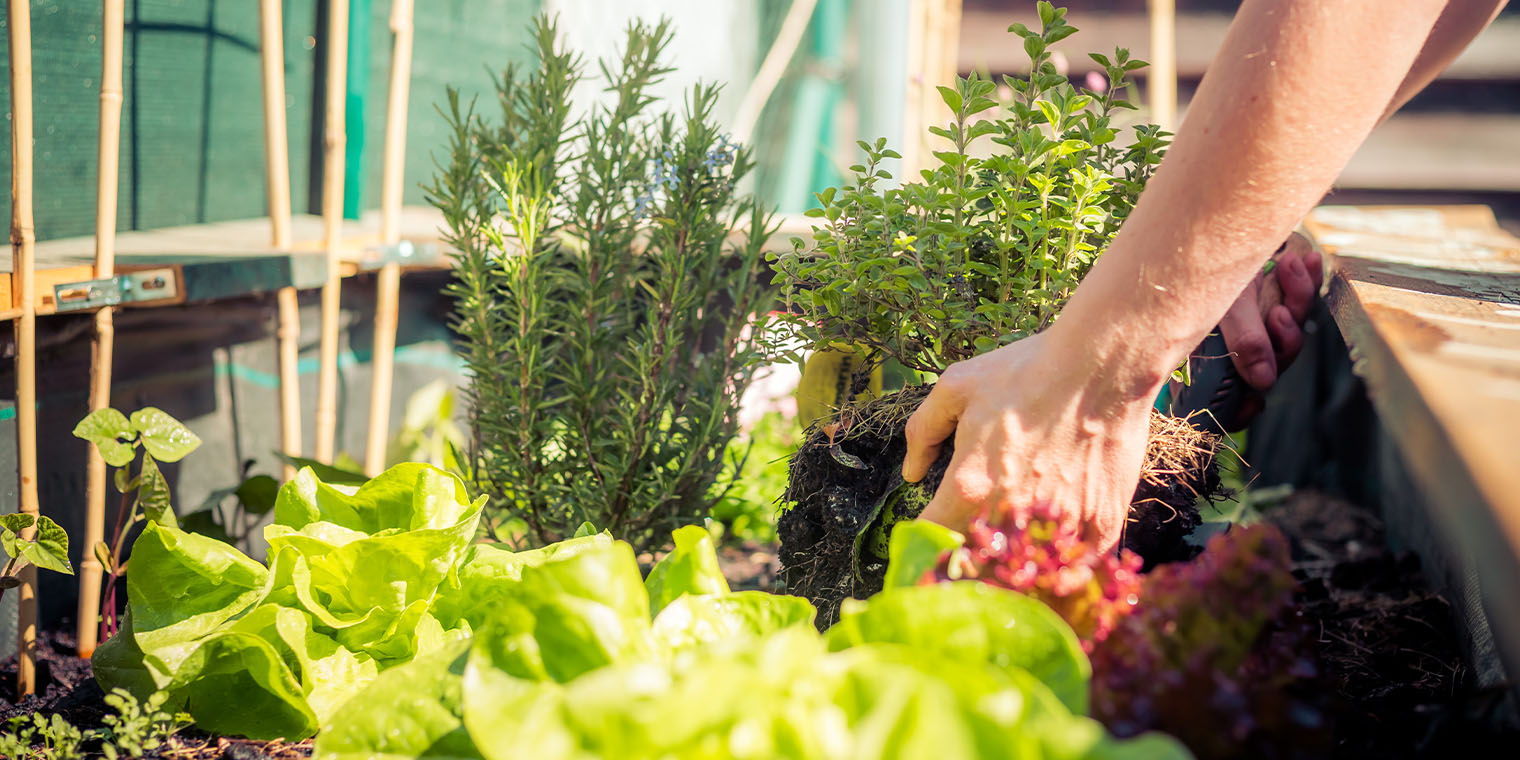

Garden Essentials
How Do You Include A Botanical Family In A Crop Rotation
Modified: March 16, 2024
Learn how to include a botanical family in your crop rotation for your garden. Increase plant health and yield with effective rotation strategies.
(Many of the links in this article redirect to a specific reviewed product. Your purchase of these products through affiliate links helps to generate commission for Storables.com, at no extra cost. Learn more)
Introduction
When it comes to successful gardening, one of the key factors to consider is crop rotation. Crop rotation is the practice of systematically changing the location of different crops within a garden over a period of time. This technique helps to improve soil health, control pests and diseases, and optimize plant growth.
However, incorporating a botanical family into a crop rotation plan can present unique challenges. A botanical family refers to a group of plants that share similar biological characteristics and often have similar nutrient requirements and susceptibility to pests and diseases. Including a botanical family in your crop rotation strategy requires careful planning and consideration.
In this article, we will explore the importance of crop rotation, the challenges of including a botanical family in crop rotation, the factors to consider when incorporating a botanical family, and strategies for successfully rotating crops within a botanical family. Additionally, we will provide an example crop rotation plan that includes a botanical family. By the end of this article, you will have a comprehensive understanding of how to include a botanical family in your crop rotation plan.
Key Takeaways:
- Including a botanical family in crop rotation helps control pests, optimize nutrients, and improve soil health, leading to a more productive and sustainable garden ecosystem.
- Careful planning and strategic crop rotation with a botanical family can overcome challenges and promote a flourishing garden with higher yields and reduced reliance on chemicals.
Definition of a Botanical Family
In the world of gardening and botany, plants are classified into various categories based on their characteristics and relationships. One of the fundamental classifications is the botanical family.
A botanical family refers to a group of plants that share common characteristics and are classified under the same family name. These characteristics include similar flower structures, growth habits, leaf shapes, and reproductive systems. Plants within the same botanical family often share similar nutrient requirements, susceptibility to diseases, and pests.
For example, the Solanaceae family includes plants like tomatoes, peppers, and eggplants. These plants have similar flower structures with fused petals and are known for their fruiting abilities. They also have similar nutrient requirements and are susceptible to similar diseases and pests, such as tomato blight and aphids.
Understanding the botanical family of plants is crucial when it comes to crop rotation. By grouping plants based on their botanical family, gardeners can effectively plan their crop rotation strategy to maximize plant health and productivity.
Identifying the botanical family of a plant is not difficult. It can be done by referring to botanical guides, plant identification books, or online resources. These resources provide detailed information about the characteristics and relationships of different plant families. Additionally, it can be helpful to consult with experienced gardeners or horticulturists who can provide guidance in identifying botanical families.
Importance of Crop Rotation
Crop rotation is a vital practice in gardening and agriculture that offers numerous benefits for both the plants and the soil. Here are some of the key reasons why crop rotation is important:
- Soil health: Crop rotation helps maintain and improve the health of the soil. Different plants have different nutrient requirements, and by rotating crops, you can prevent nutrient imbalances and depletion in the soil. Additionally, certain plants have the ability to fix nitrogen in the soil, which can benefit subsequent crops that require high nitrogen levels.
- Pest and disease control: Crop rotation can help control pests and diseases naturally. Planting the same crop in the same location year after year can lead to the buildup of pests and diseases that specifically target that crop. By rotating crops, you break the cycle and disrupt the habitat of pests and diseases, reducing their impact.
- Improved weed control: Crop rotation can also help manage weeds more effectively. Weeds that are specific to certain crops may find it more difficult to establish and spread when the crops are moved from one location to another. This reduces the need for chemical weed control methods and promotes a healthier and more balanced ecosystem in the garden.
- Better crop yields: By rotating crops, you can optimize plant growth and yield. Different plants have different nutrient requirements and deplete the soil of specific nutrients. By rotating crops, you give the soil time to replenish those nutrients, resulting in healthier and more productive plants. This can lead to better harvests and increased overall garden productivity.
Overall, crop rotation is a sustainable and environmentally-friendly practice that can contribute to the long-term success of your garden. It helps maintain soil fertility, reduces reliance on chemical inputs, and promotes a balanced ecosystem. By implementing a well-planned crop rotation strategy, you can ensure the health and vitality of your garden for years to come.
Challenges of Including a Botanical Family in Crop Rotation
While crop rotation offers numerous benefits, including a botanical family in your rotation plan can present unique challenges. Here are some of the main challenges to consider:
- Pest and disease persistence: Plants within the same botanical family often share similar pests and diseases. If you include a botanical family in consecutive rotations, pests and diseases specific to that family may persist in the soil. This can lead to increased pest pressure and disease outbreaks, negating the benefits of crop rotation. It is important to carefully consider the prevalence of pests and diseases within a botanical family when planning your rotations.
- Nutrient imbalances: While rotating crops helps prevent nutrient depletion, including a botanical family in your rotation plan can lead to specific nutrient imbalances. Different plants have different nutrient requirements, and crops within the same botanical family often have similar needs. If you continuously rotate crops from the same family, it can result in the depletion or excess of certain nutrients in the soil, affecting the overall health and productivity of the plants.
- Limited crop choices: Including a botanical family in your crop rotation plan can limit your options for selecting different crops. If you have limited space or specific gardening goals, it may be challenging to incorporate a variety of plants when focusing on a particular botanical family. This can constrain your ability to diversify your garden and potentially affect the overall success of your crop rotation strategy.
- Increased management requirements: Including a botanical family in your rotation plan can require additional management practices. For example, certain plants in a botanical family may have particular soil or fertility requirements, or they may require specific pest or disease control methods. These additional requirements may require more attention and effort on your part to ensure the health and success of your crops.
Despite these challenges, with careful planning and consideration, it is possible to successfully include a botanical family in your crop rotation plan. By implementing proper pest and disease management, monitoring nutrient levels, diversifying your crop choices, and adapting your management practices, you can overcome these challenges and reap the benefits of including a botanical family in your rotations.
Factors to Consider when Including a Botanical Family in Crop Rotation
When including a botanical family in your crop rotation plan, there are several important factors to consider. These factors will help you design an effective rotation strategy that maximizes the benefits and minimizes the challenges associated with including a botanical family. Here are some key factors to keep in mind:
- Pest and disease management: Consider the pests and diseases that are prevalent within the botanical family you are planning to include. Some families may have specific pests and diseases that pose a higher risk, while others may be more resistant. Implementing proper pest and disease management practices, such as crop rotation with non-related plants, companion planting, and timely application of organic or chemical controls, can help mitigate potential issues.
- Nutrient requirements: Different plants have different nutrient requirements, and crops within the same botanical family may have similar needs. It is important to consider the nutrient balance in your soil and plan your rotations accordingly. Avoid planting crops from the same botanical family in consecutive rotations to prevent nutrient imbalances. Additionally, incorporate cover crops or organic matter to replenish soil nutrients between rotations.
- Complementary plant characteristics: When including a botanical family, consider the complementary characteristics of the plants within that family. Some plants may have deep root systems, while others may have shallow roots. Some may attract beneficial insects, while others may repel pests. By strategically selecting and combining plants with complementary characteristics, you can enhance the overall health of your garden and promote a balanced ecosystem.
- Garden space and layout: Assess the available space in your garden and plan your crop rotations accordingly. Consider how different plants from the botanical family fit into your garden layout and how they will interact with other crops. If space is limited, prioritize the inclusion of key crops from the botanical family that are essential to your gardening goals.
- Succession planting: Incorporating succession planting within the crop rotation plan can optimize the use of available space and ensure a continuous harvest. By staggering planting times and incorporating crops with different maturity rates, you can ensure a steady supply of fresh produce while maintaining the principles of crop rotation.
By carefully considering these factors, you can develop a well-rounded and effective crop rotation plan that includes a botanical family. Remember to regularly assess the health and productivity of your garden and make adjustments as needed. Flexibility and adaptability are key to successful crop rotation, especially when incorporating a botanical family.
When planning a crop rotation, include a botanical family by rotating crops from different families each season. This helps prevent the buildup of pests and diseases specific to that family in the soil.
Read more: How Do Rest Crops Relate To Crop Rotation?
Crop Rotation Strategies for Including a Botanical Family
When including a botanical family in your crop rotation plan, it’s important to develop a strategic approach that maximizes the benefits and minimizes the challenges associated with that family. Here are some effective crop rotation strategies to consider:
- Extended Rotation: Instead of rotating crops annually, you can implement an extended rotation plan for the botanical family. This means allowing several years to pass before planting crops from the same family in the same location. This approach helps break the cycles of pests and diseases associated with the family while giving the soil ample time to rebuild nutrient levels.
- Intercropping: Intercropping involves planting different crops from the botanical family alongside other unrelated plants. This strategy helps to minimize the impact of pests and diseases specific to the botanical family because they are surrounded by dissimilar plants. It also maximizes space utilization and creates a diverse and visually appealing garden.
- Trap Cropping: Another effective strategy is to use trap crops within the botanical family. These are plants that are particularly attractive to pests, serving as a lure to divert them away from the main crops. By sacrificing a few plants from the botanical family as trap crops, you can help protect the rest of the crops from excessive pest damage.
- Green Manure Cover Crops: Incorporating green manure cover crops can be beneficial for the botanical family. Select cover crops from different plant families that complement the nutrient needs of the main crops. For example, leguminous cover crops like clover or vetch can fix nitrogen, benefiting crops that have high nitrogen requirements within the botanical family.
- Rotation with Non-Related Crops: To reduce pest and disease pressure, rotate crops within the botanical family with unrelated crops. This breaks the life cycles of pests and diseases specific to the botanical family, preventing them from building up in the soil. Ensure there is adequate diversity within your crop rotation plan by including plants from different families.
It’s crucial to carefully plan and implement these crop rotation strategies based on the specific characteristics and requirements of the botanical family. Regular monitoring of the garden, including observation of pest and disease pressure, soil nutrient levels, and crop performance, will help you make necessary adjustments to optimize the effectiveness of your crop rotation plan.
Example Crop Rotation Plan with a Botanical Family
Here’s an example of a crop rotation plan that incorporates a botanical family, specifically the Brassicaceae family which includes vegetables like broccoli, cabbage, kale, and radishes. This rotation plan spans four years:
- Year 1: Start by planting broccoli in an area of your garden. After harvesting the broccoli, follow up with a cover crop of legumes like clover or vetch to fix nitrogen in the soil.
- Year 2: In the second year, plant cabbage in a different section of the garden. Avoid planting brassicas in the same spot as the previous year to minimize the risk of pests and diseases. Once the cabbage is harvested, incorporate a green manure cover crop like winter rye to improve soil structure and organic matter content.
- Year 3: In the third year, plant a non-related crop like tomatoes in the previous cabbage area, breaking the cycle of brassicas. This helps reduce the build-up of brassica-specific pests and diseases. After harvesting the tomatoes, you can plant a leguminous cover crop like fava beans or peas to replenish nitrogen levels.
- Year 4: In the fourth year, return to the original spot where broccoli was planted in the first year and sow kale. By now, any pests or diseases specific to brassicas will have diminished, reducing the risk of significant damage. After harvesting the kale, prepare the area for a different family of plants in the following year.
This four-year crop rotation plan incorporates the Brassicaceae family while also including non-related crops in between to minimize pest and disease pressure. It allows for proper nutrient cycling and reduces the risk of soil exhaustion. In addition, incorporating cover crops helps improve soil fertility and structure.
Remember, this is just an example rotation plan. It’s important to consider your specific climate, garden size, and the specific crops in the botanical family you are focusing on. Adapt the plan based on your unique gardening conditions and personal preferences.
Benefits of Including a Botanical Family in Crop Rotation
Including a botanical family in your crop rotation plan offers several benefits that can contribute to the overall health and productivity of your garden. Here are some key benefits of including a botanical family in your crop rotation:
- Pest and disease management: By including a botanical family in your rotation, you can effectively manage pests and diseases. Rotating crops within the same family helps break the life cycles of pests and diseases that are specific to that family. This reduces the likelihood of outbreaks and minimizes the need for chemical interventions, ultimately promoting a healthier and more sustainable garden ecosystem.
- Nutrient optimization: Different plants within a botanical family often have similar nutrient requirements. By including a botanical family in your rotation, you can strategically plan the nutrient utilization of your garden. For example, a crop that requires high levels of nitrogen can follow a leguminous cover crop that fixes nitrogen in the soil. This ensures that nutrients are replenished and utilized efficiently, leading to improved plant growth and higher yields.
- Improved soil health: Including a botanical family in your crop rotation plan helps improve soil health. Different plants have different root structures, which contribute to soil structure and nutrient cycling. The diversity of plants within a botanical family can enhance the microbial activity in the soil, improving its structure, fertility, and overall health over time.
- Reduced weed pressure: Crop rotation effectively reduces weed pressure in your garden. Different crops have varying growth habits and canopy structures, which can shade out and suppress certain weed species. By alternating crops within a botanical family with different growth patterns, you can disrupt the life cycles of weeds and minimize their establishment and spread.
- Enhanced biodiversity: Including a botanical family in your rotation plan promotes biodiversity in your garden. The presence of a variety of plant species attracts a diverse range of beneficial insects and pollinators, which contribute to natural pest control and the overall health of your garden ecosystem.
By including a botanical family in your crop rotation, you can take advantage of these benefits to create a more resilient and productive garden. Crop rotation with a botanical family helps maintain pest and disease control, optimizes nutrient utilization, improves soil health, reduces weed pressure, and enhances biodiversity. These factors contribute to a sustainable and thriving garden, allowing you to enjoy a bountiful harvest while minimizing the need for chemical inputs.
Conclusion
Incorporating a botanical family into your crop rotation plan is a valuable strategy for optimizing the health and productivity of your garden. While it presents unique challenges, such as pest and disease management and nutrient imbalances, these can be overcome with careful planning and implementation.
Crop rotation, coupled with the inclusion of a botanical family, offers numerous benefits. It helps control pests and diseases naturally, improve soil health, optimize nutrient utilization, reduce weed pressure, and enhance biodiversity. By strategically rotating crops within the family and incorporating non-related crops in between, you can break pest and disease cycles and maintain balanced nutrient levels in the soil.
When designing your crop rotation plan, consider factors such as pest and disease management, nutrient requirements, complementary plant characteristics, garden space, and succession planting. These factors will help you create a well-rounded and effective rotation strategy that incorporates the botanical family effectively.
Remember that crop rotation is a dynamic process, and it may require adjustments based on your specific garden conditions and goals. Regular monitoring, observation, and adaptation are key to maintaining the long-term health and productivity of your garden.
By including a botanical family in your crop rotation plan, you can promote a sustainable and resilient garden ecosystem. Not only will you enjoy the benefits of improved plant health and higher yields, but you will also contribute to the overall health of the environment by minimizing the use of chemical inputs and promoting a diverse and balanced garden ecosystem.
So, embrace the power of crop rotation and bring the benefits of a botanical family to your garden. Take the time to plan and implement an effective rotation strategy, and you’ll be rewarded with a flourishing and productive garden year after year.
Frequently Asked Questions about How Do You Include A Botanical Family In A Crop Rotation
Was this page helpful?
At Storables.com, we guarantee accurate and reliable information. Our content, validated by Expert Board Contributors, is crafted following stringent Editorial Policies. We're committed to providing you with well-researched, expert-backed insights for all your informational needs.



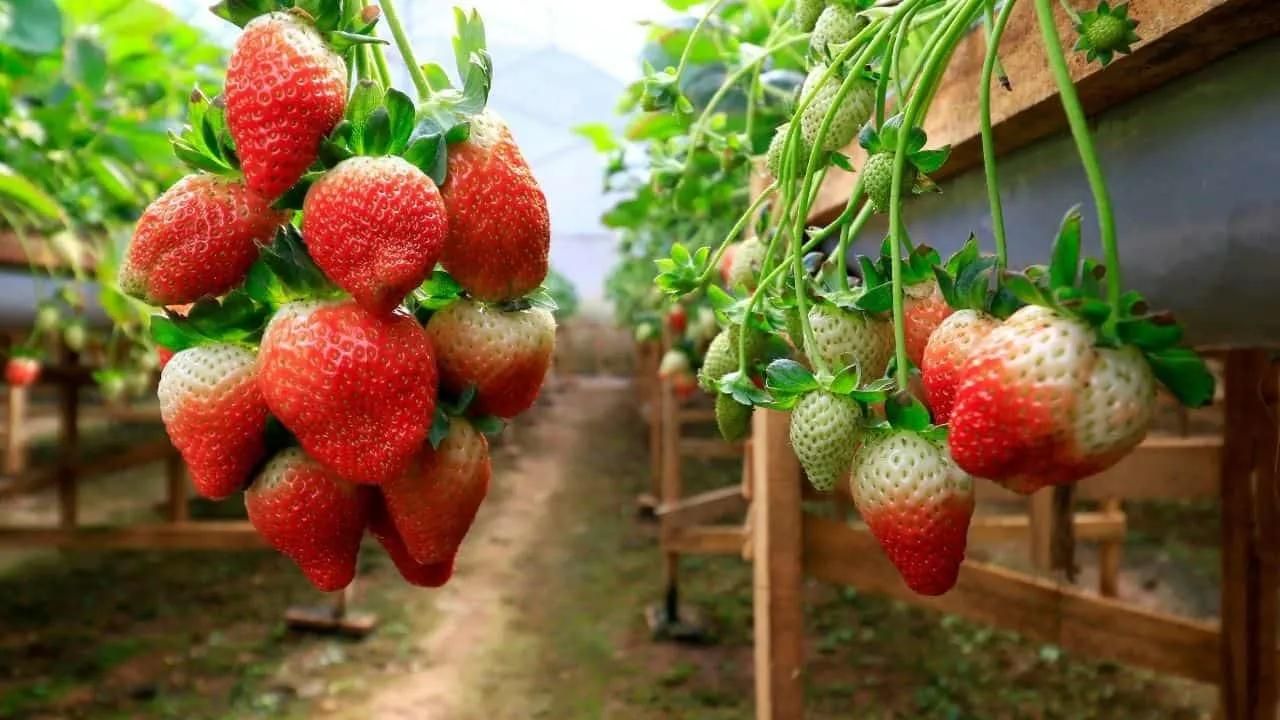

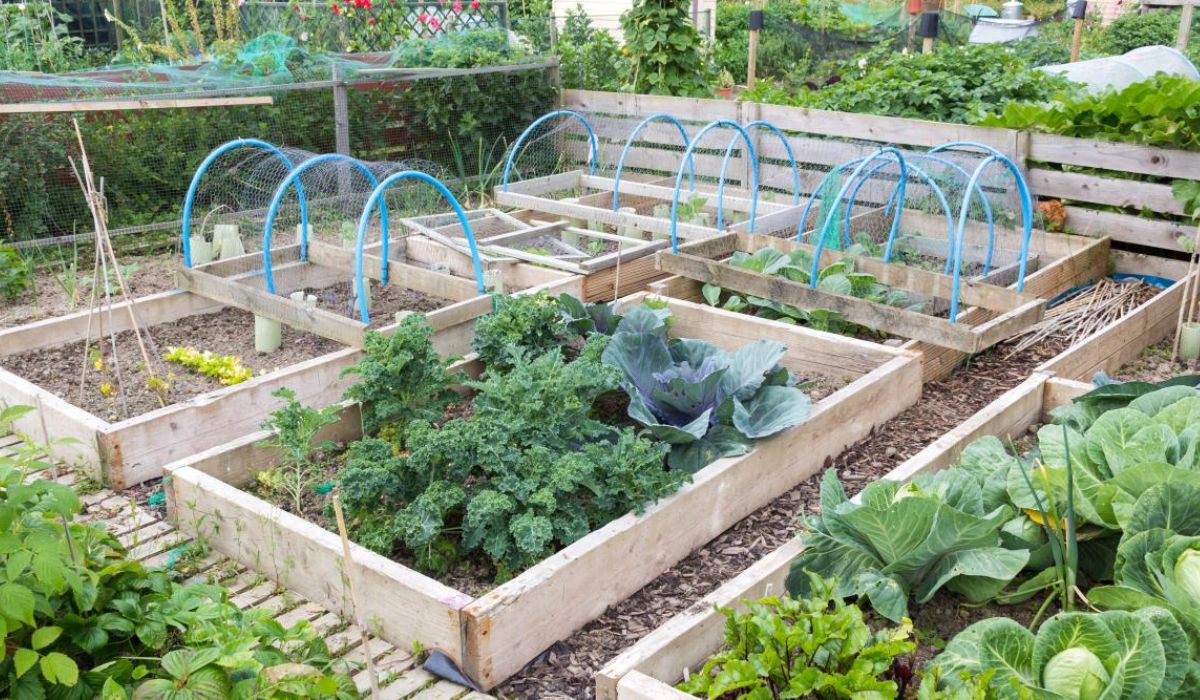
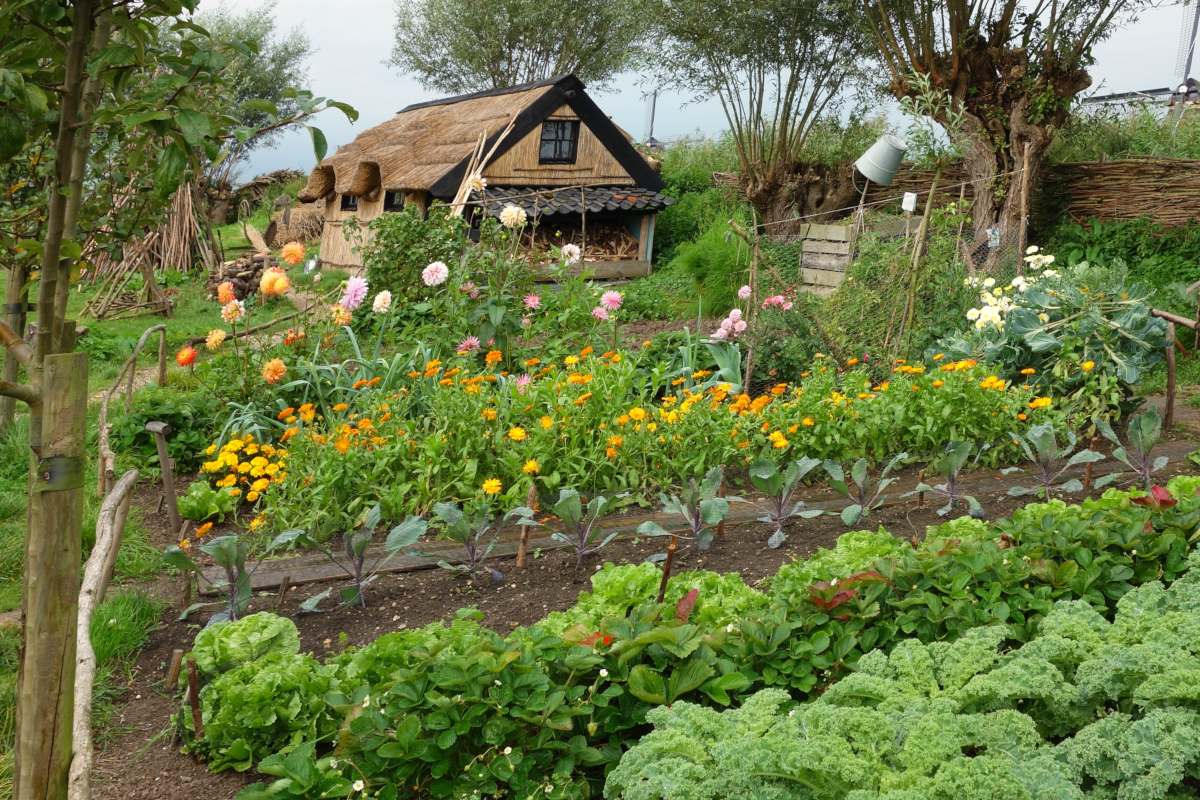



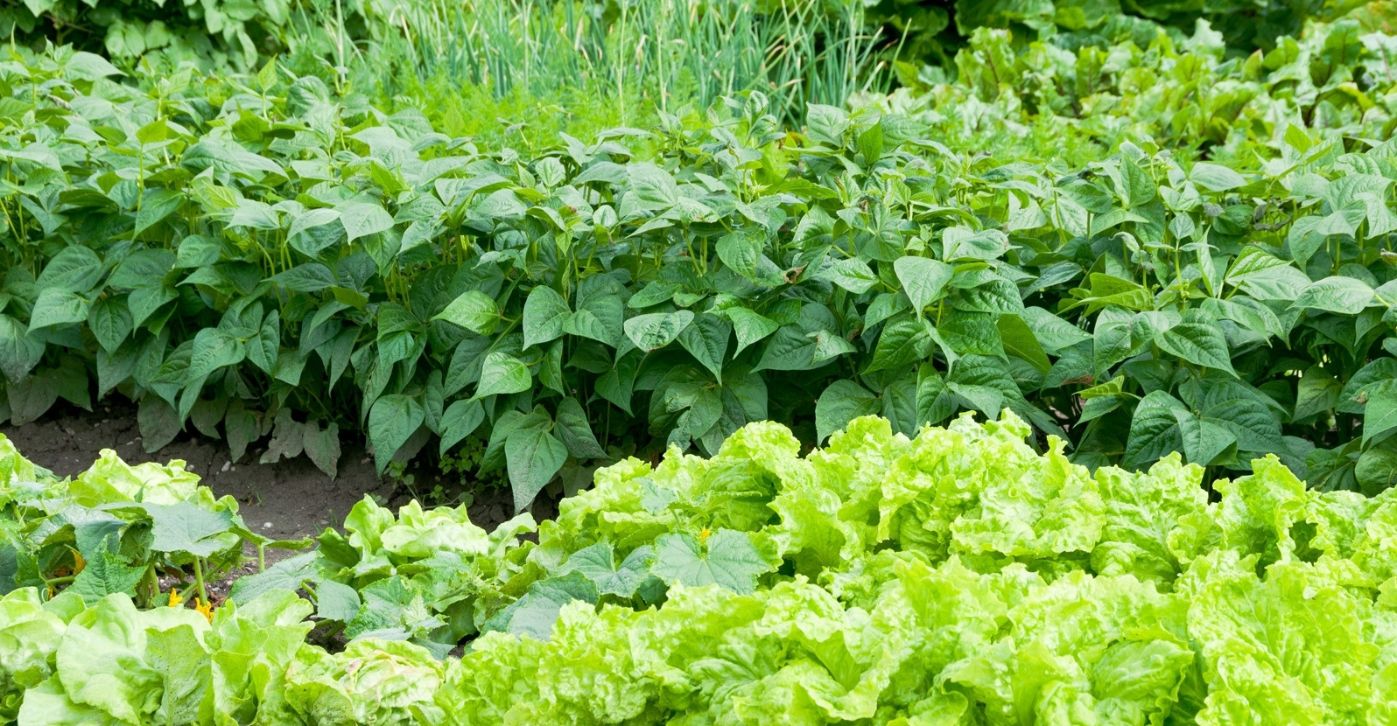

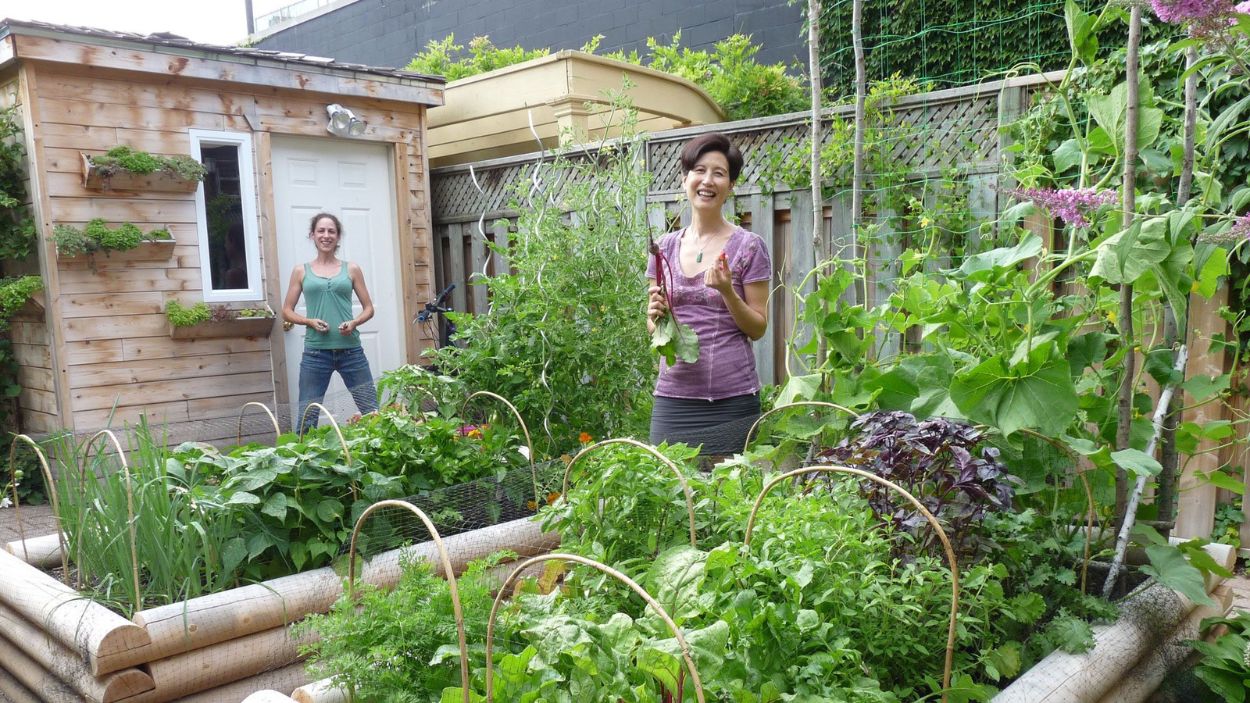


0 thoughts on “How Do You Include A Botanical Family In A Crop Rotation”